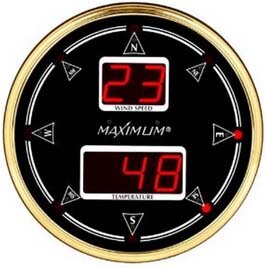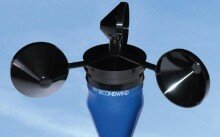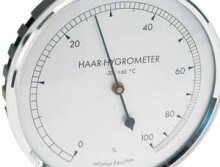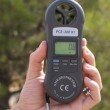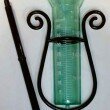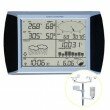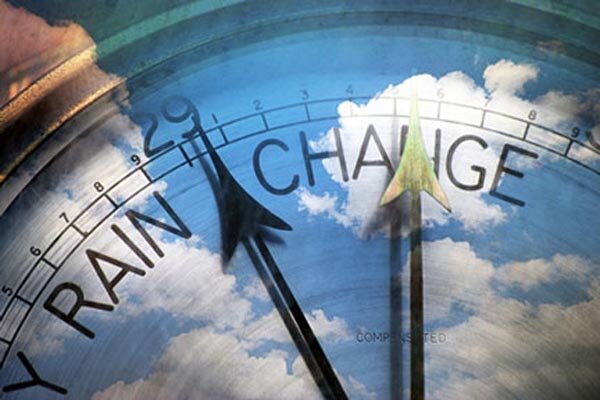
All cruising sailors know the importance of a good weather forecast. Whether a weekend lake sailor or a blue water passage maker, knowing what kind of weather is in store is vital to a safe and more tolerable trip on the water. Paying attention to atmospheric pressure is one way of helping make decisions like when to reef or not going out at all.
Air actually has a weight factor. And because of this weight and gravity, a downward pressure is formed and measured as atmospheric pressure or barometric pressure and measured in terms of millibars (mb). Certainly everyone has seen this measurement on their local news station weathercast and is usually given more attention to in measuring and predicting hurricanes. The lower the pressure, the stronger the hurricane. We all experience atmospheric pressure whether we notice it or not. You’ll hear some folks talk about an old injury or their arthritis flaring up when the weather changes. This is usually due to a change in atmospheric pressure ahead of deteriorating weather. The average sea level pressure is roughly 1013mb.
But different temperature air will have a different pressure. Heat rises because hotter air is lighter than colder air and the result is low pressure. A high barometric pressure reading means that cold air has sunk. A rising high pressure is usually an indication of good weather ahead. A falling barometer means get ready for bad weather.
You can see how important having a barometer on board a cruising yacht is. Studying changes in the pressure along with any weather forecast you can obtain is crucial to preparing the boat for the impending storm. Along with all the other critical gear like GPS and radar, invest in a good barometer. You’ll agree that it’s a must-have on all blue water yachts and not a bad addition to even your lake sailor.




